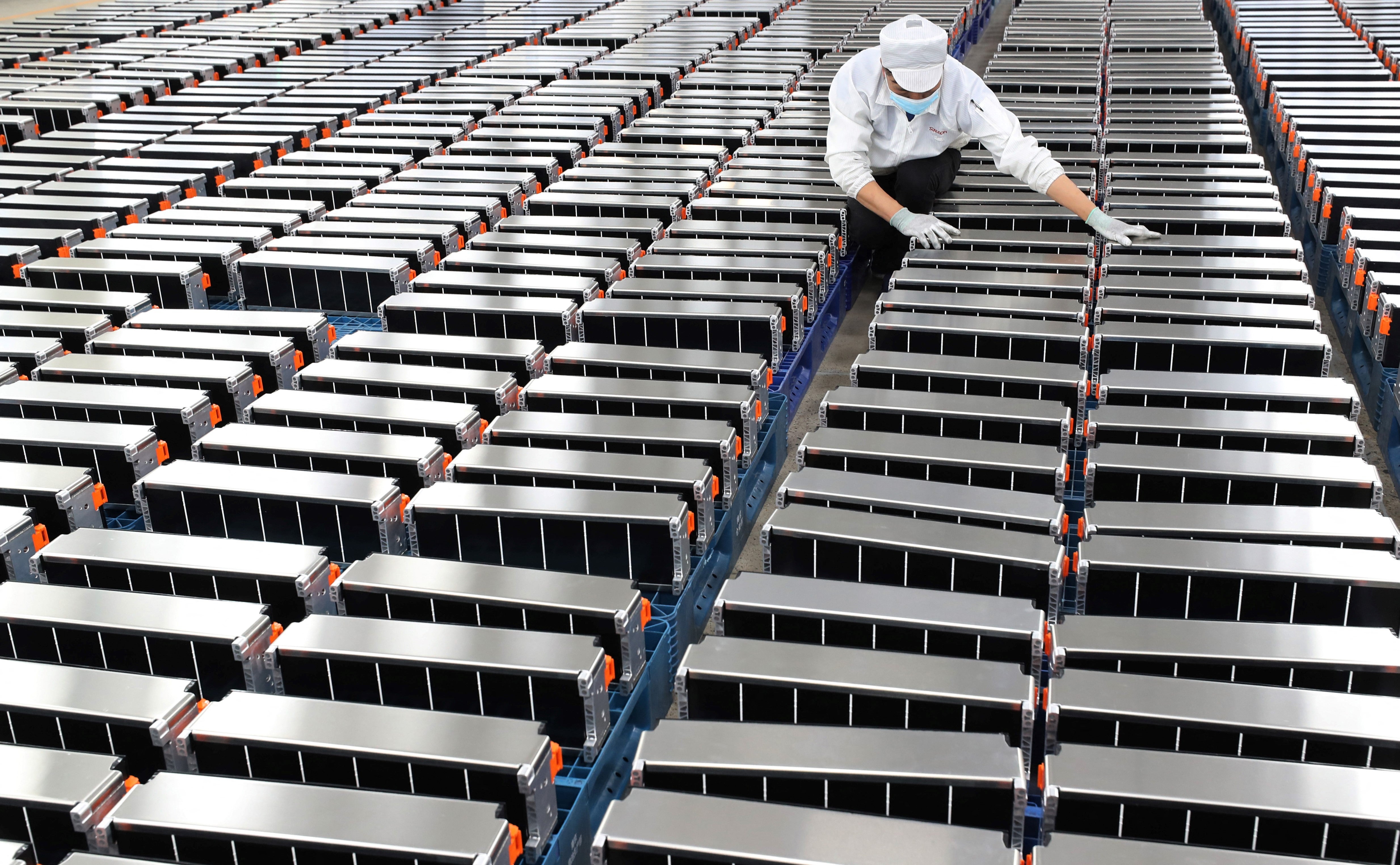Scientists discover simple charging trick that can dramatically improve battery lifespan
The breakthrough from researchers can drastically change how batteries perform
Your support helps us to tell the story
From reproductive rights to climate change to Big Tech, The Independent is on the ground when the story is developing. Whether it's investigating the financials of Elon Musk's pro-Trump PAC or producing our latest documentary, 'The A Word', which shines a light on the American women fighting for reproductive rights, we know how important it is to parse out the facts from the messaging.
At such a critical moment in US history, we need reporters on the ground. Your donation allows us to keep sending journalists to speak to both sides of the story.
The Independent is trusted by Americans across the entire political spectrum. And unlike many other quality news outlets, we choose not to lock Americans out of our reporting and analysis with paywalls. We believe quality journalism should be available to everyone, paid for by those who can afford it.
Your support makes all the difference.Scientists have found a simple trick that could dramatically change how our batteries perform.
A lithium-ion battery, of the kind used in everything from our phones to our cars, is usually charged up soon after it is first made. That first charge is key: it decides how long the battery will work for, and when it will eventually deteroriate.
Now researchers have found that if that first charge is done with unusually high currents, it dramatically changes how those batteries perform.

When that happened, the batteries’ lifespan was improved by 50 per cent and the initial charge took just 20 minutes, compared with 10 hours usually.
The researchers were also able to find the changes in the electrodes of the battery that make that huge boost in lifespan and performance possible.
“This study is very exciting for us,” said Steven Torrisi, from the Toyota Research Institute, who worked on the research.
“Battery manufacturing is extremely capital, energy and time intensive. It takes a long time to spin up manufacturing of a new battery, and it’s really difficult to optimize the manufacturing process because there are so many factors involved.”
When batteries are charged, lithium ions flow to the negative electrode of the battery; when it is used, they go back out and the positive electrode. That process is key to both using and charging the lithium-ion batteries that power so much of our technology today.
A fresh battery will have its positive electrode entirely full of lithium. But over time, some of that lithium is deactivated, which is what accounts for the gradually degraded performance of such batteries that means they often need to be replaced.
Researchers found that deliberately losing some supply of lithium at the start actually helped it keep more of it in the future, however. That lithium makes a special layer that forms on the negative electrode and then protects it from degrading over time.
Researchers compared it to emptying a bucket slightly before carrying it. While that means losing some water initially, the remaining water would be less likely to splash out of the bucket later on, preserving the remaining water.
The research is described in a new paper, ‘Data-driven analysis of battery formation reveals the role of electrode utilization in extending cycle life’, published in Joule.

Join our commenting forum
Join thought-provoking conversations, follow other Independent readers and see their replies
Comments